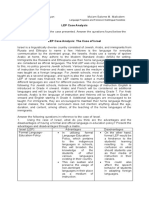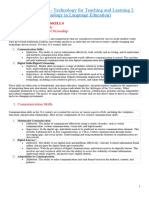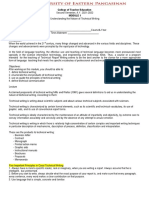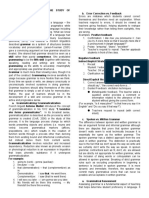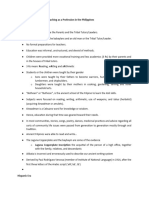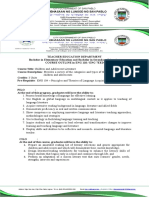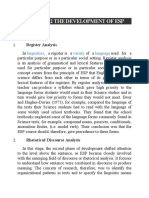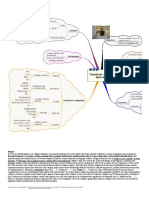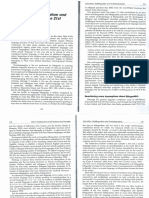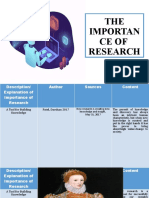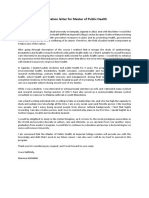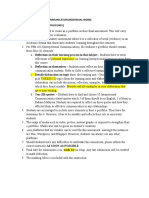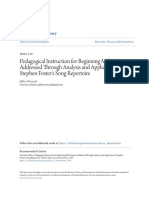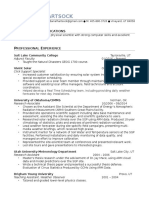0% found this document useful (0 votes)
170 views3 pagesGrammar Translation Approach
The document discusses the grammar translation approach to teaching English as a second language. Key characteristics of this approach include a focus on using students' native language to teach grammar rules and translate texts, memorization of vocabulary lists and verb conjugations, and emphasis on writing and grammar over oral language skills. Critics argue that this approach does little to develop students' communicative ability in English and was tedious for many learners.
Uploaded by
erlinda tibusCopyright
© © All Rights Reserved
We take content rights seriously. If you suspect this is your content, claim it here.
Available Formats
Download as DOC, PDF, TXT or read online on Scribd
0% found this document useful (0 votes)
170 views3 pagesGrammar Translation Approach
The document discusses the grammar translation approach to teaching English as a second language. Key characteristics of this approach include a focus on using students' native language to teach grammar rules and translate texts, memorization of vocabulary lists and verb conjugations, and emphasis on writing and grammar over oral language skills. Critics argue that this approach does little to develop students' communicative ability in English and was tedious for many learners.
Uploaded by
erlinda tibusCopyright
© © All Rights Reserved
We take content rights seriously. If you suspect this is your content, claim it here.
Available Formats
Download as DOC, PDF, TXT or read online on Scribd
/ 3





